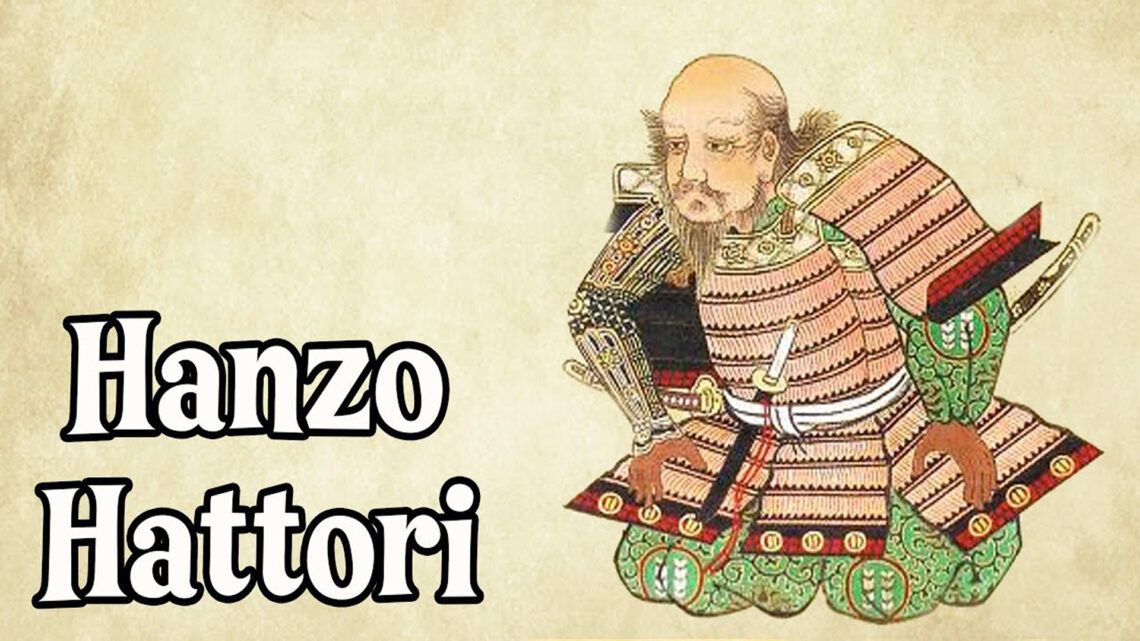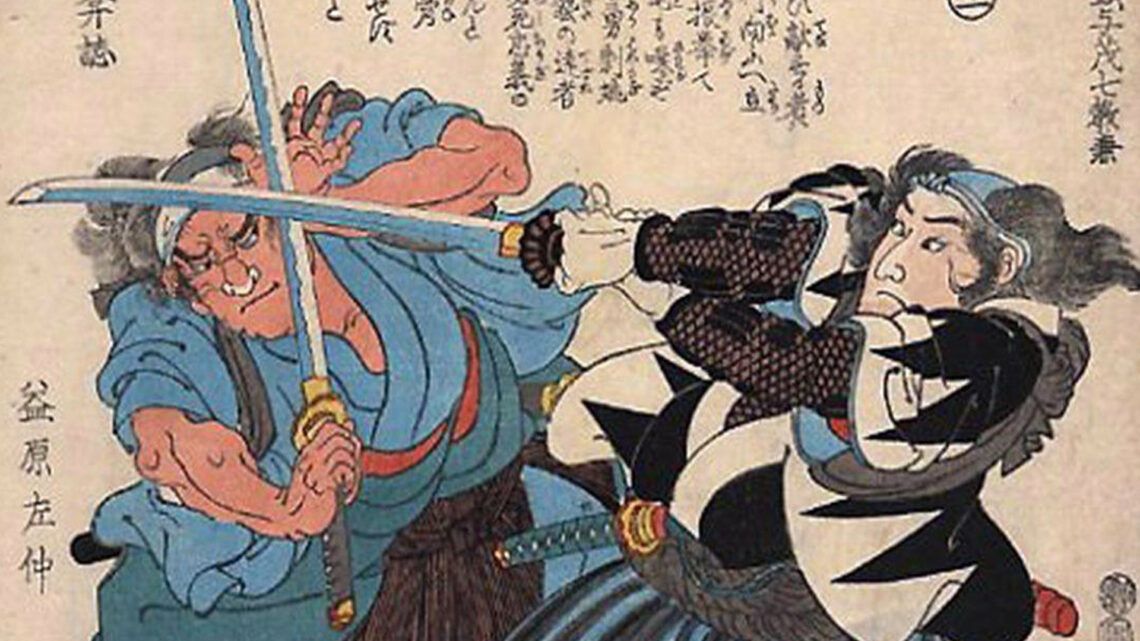
The art of Ikebana, also known as Kado, is an ancient Japanese tradition based on the principles of Zen. Ikebana is much more than just arranging flowers; it is a creative form of expression that embodies the harmony between humans and nature. In this article, we will delve into the fascinating interplay of Zen and Ikebana, shedding light on both the philosophical aspects and the aesthetic features of this unique art form.
The Essence of Zen
Zen, a branch of Buddhism, emphasizes the importance of mindfulness, meditation, and attaining enlightenment through direct experience. It is about living in the present moment and realizing the essence of life. Zen values simplicity, emptiness, and connection with nature. These fundamental principles are also reflected in Ikebana.
The Philosophy of Ikebana
Ikebana is more than just an aesthetic practice; it is a spiritual discipline that brings nature into the human environment and establishes a connection to the depths of being. The philosophy behind Ikebana emphasizes reduction to the essentials and the creation of balance and harmony. Each Ikebana arrangement expresses a moment of tranquility and equilibrium, where nature and humans are brought into harmony.
The Process of Ikebana
Arranging flowers in the Ikebana style requires patience, concentration, and mindfulness. Every branch, flower, and stem is intentionally placed to create a unique composition. The Ikebana artist carefully selects materials that achieve a harmonious balance among the various elements of the arrangement. By employing asymmetrical shapes and empty spaces, Ikebana creates a sense of tranquility and natural beauty.
The Aesthetics of Ikebana
The aesthetic principles of Ikebana are heavily inspired by nature. There are various schools and styles of Ikebana, each with its own aesthetic characteristics. Some styles emphasize simplicity and elegance, while others prefer a bold and dynamic expression. Regardless of the chosen style, Ikebana always aims to highlight the natural beauty of flowers and branches and establish a balance between them and the space.
The Significance of Ikebana in Modern Society
In today’s fast-paced, technology-oriented society, many people yearn for moments of peace and contemplation. Ikebana offers a means to fulfill these needs. By focusing on arranging flowers, one can detach from the hustle and bustle of everyday life and achieve a meditative state. It promotes mindfulness and a connection with nature.
Moreover, Ikebana holds social significance as well. It can serve as an expression of personal creativity and bring together individuals who share a common interest in this art form. Ikebana classes and workshops provide a platform for the exchange of ideas and the fostering of interpersonal relationships.



